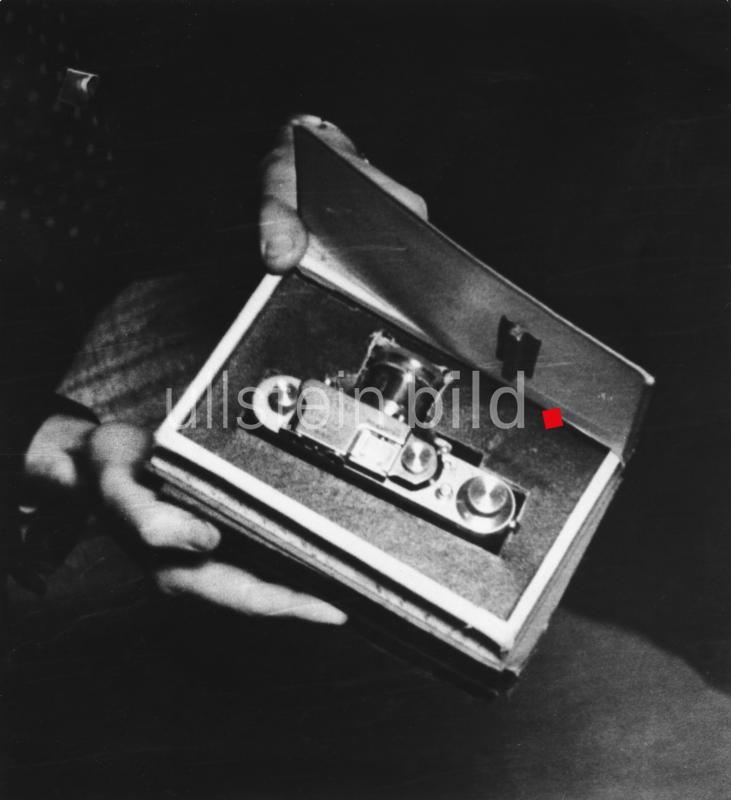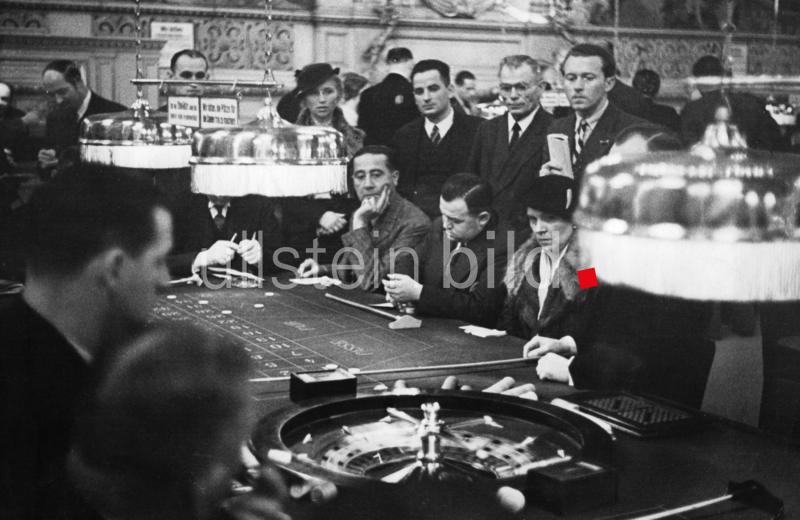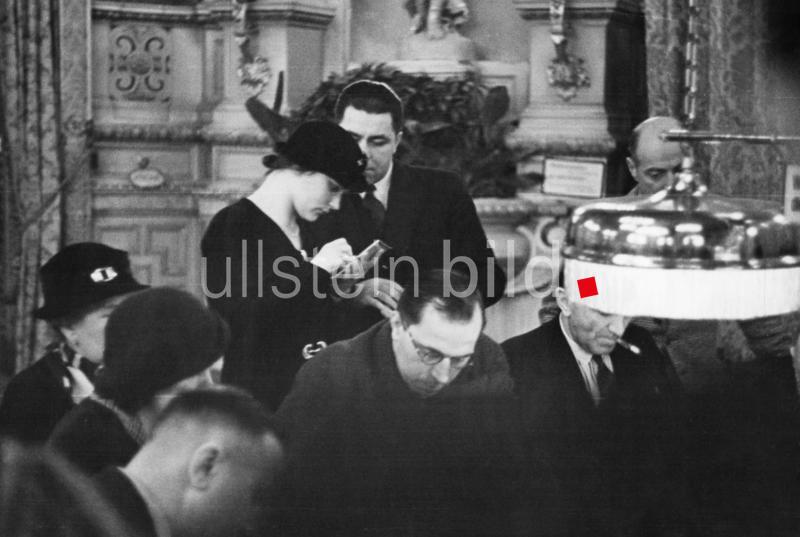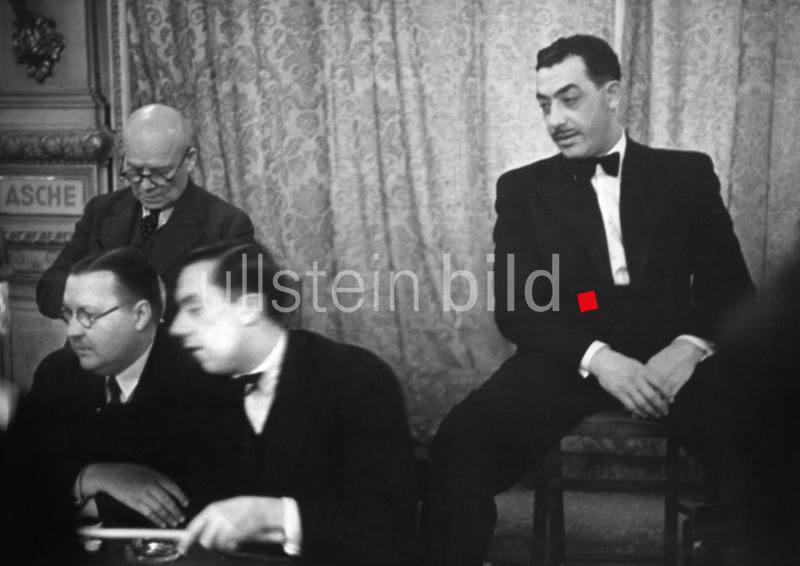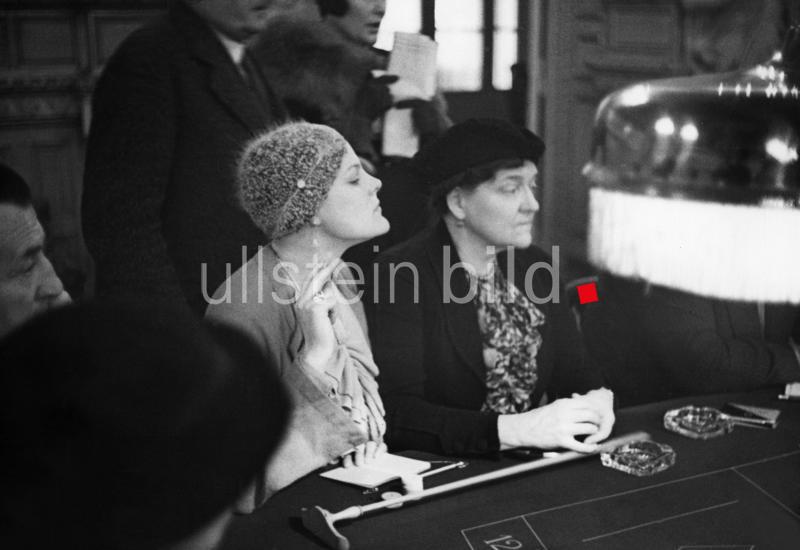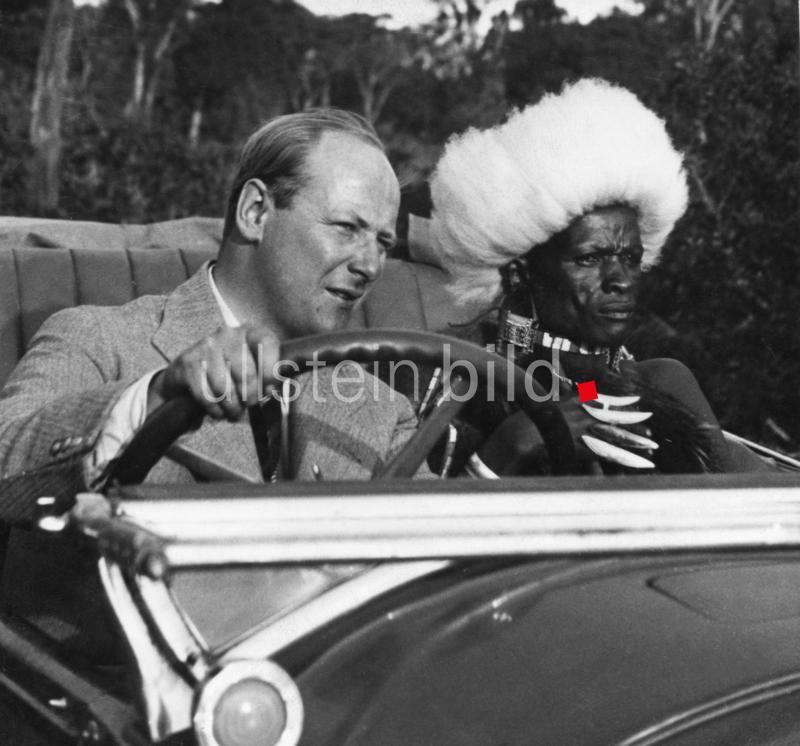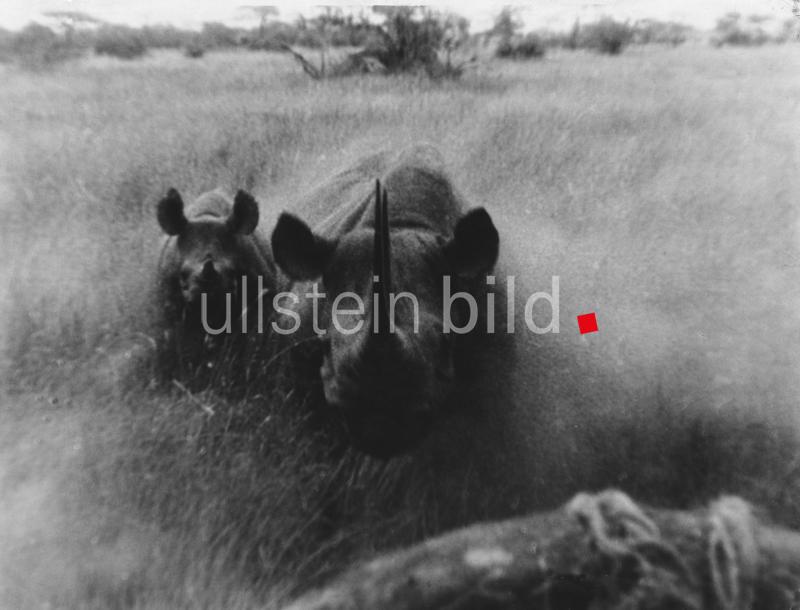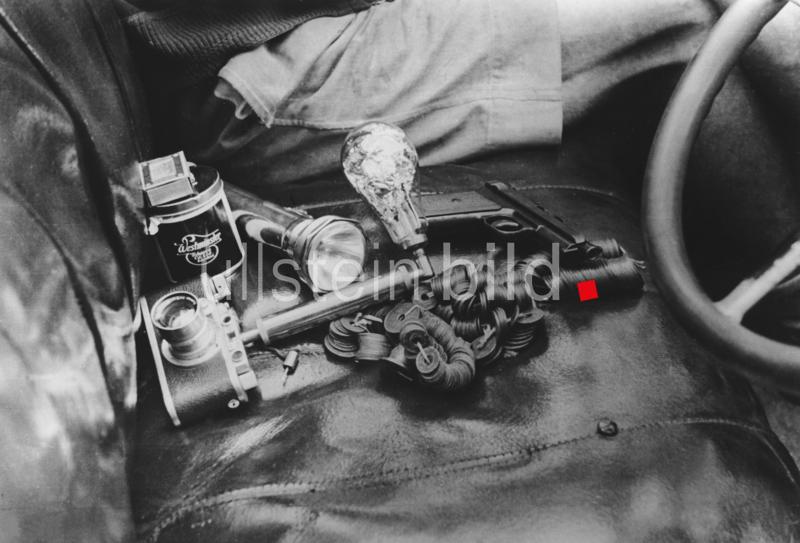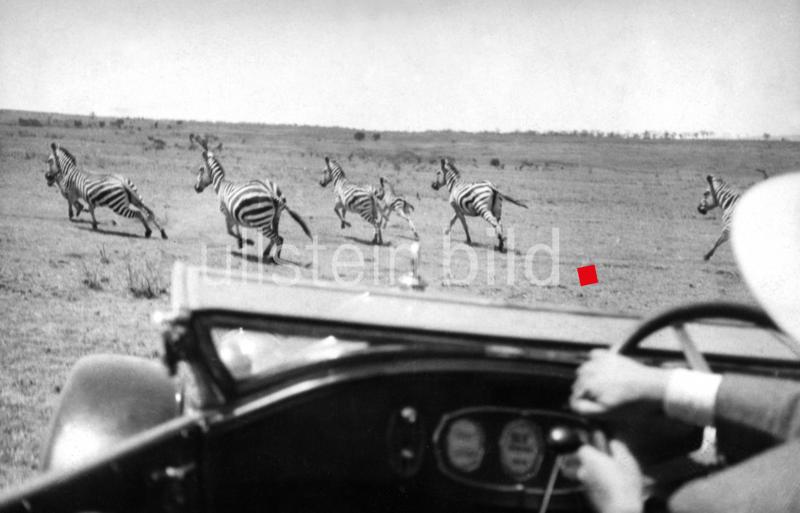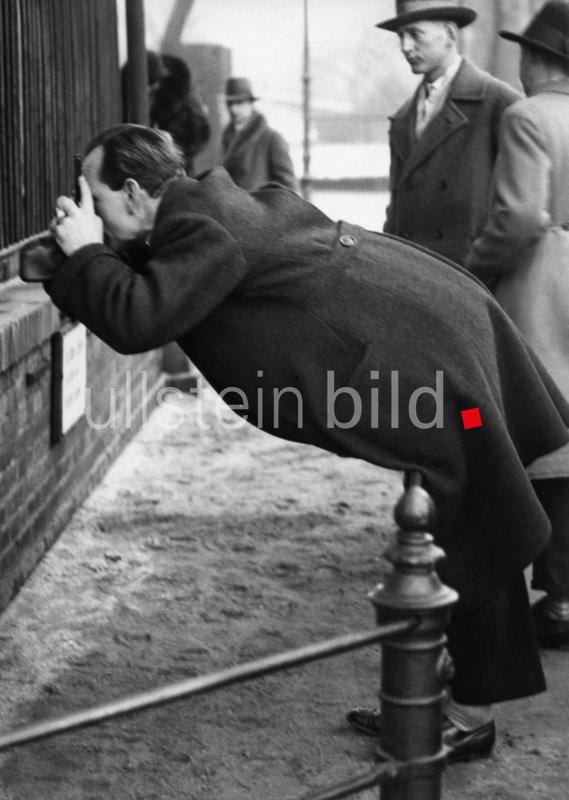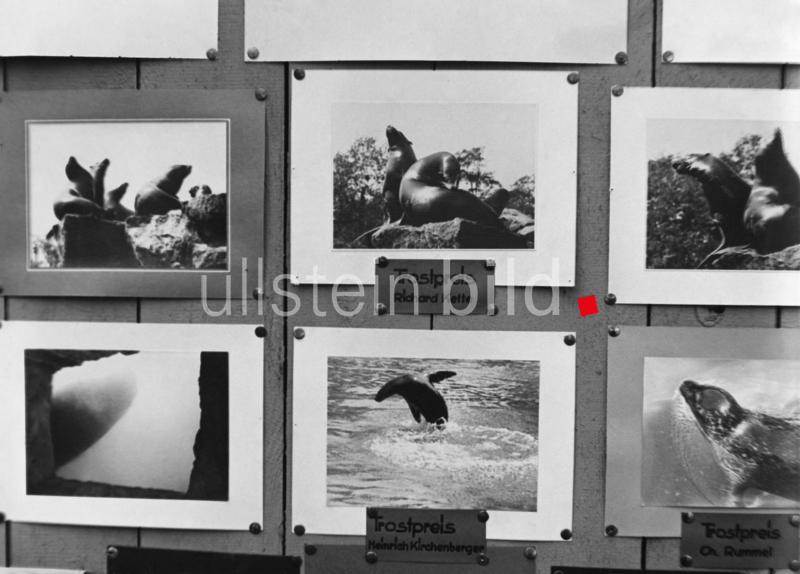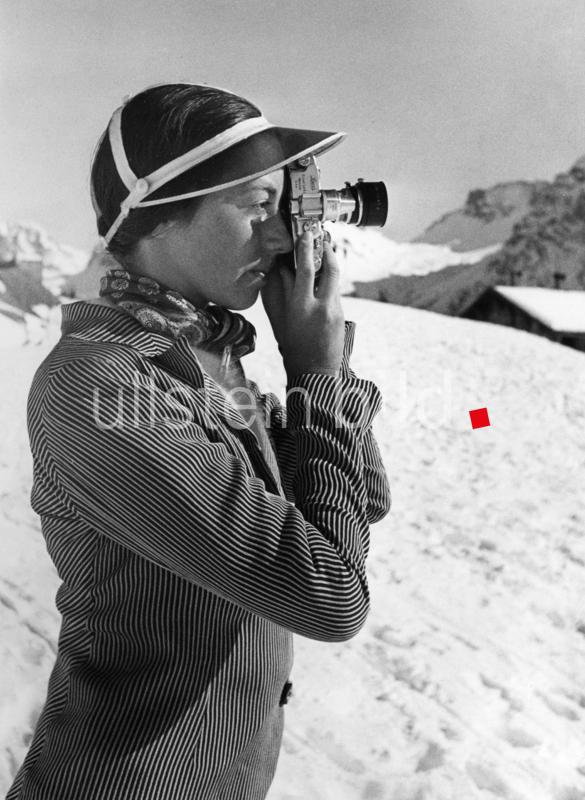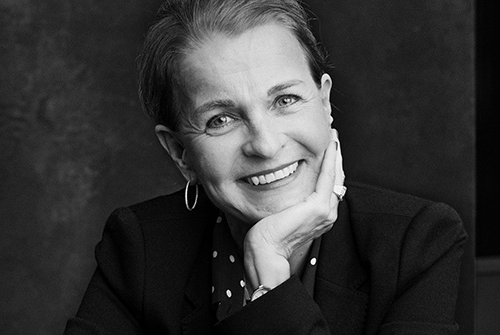100 years of Leica I
Leica at Ullstein
Interview with Karin Rehn-Kaufmann, Art Director | General Representative Leica Galleries International
______________________________________________________________
Ms. Rehn-Kaufmann, 100 years of Leica I – a decisive innovation, a great date, a worthy occasion. It means not only one hundred years of company history, but also one hundred years of the history of photography. Of course, Ullstein has not remained untouched by this. The current exhibition at the Ernst Leitz Museum in Wetzlar provides a comprehensive overview, bringing together around one hundred works by important photojournalists such as Henri Cartier-Bresson, Elliott Erwitt, Robert Capa, Martine Franck, Marc Riboud, Paul Wolff, René Burri, Alexander Rodtschenko and Horst H. Baumann from Leica collections. What was your approach, what are the consequences of working with the Leica archive?
With the help of exhibits by around fifty different photographers, our exhibition presents a spectrum of more than one hundred years of photographic history - from Alexander Rodchenko to Julia Beyer. We have made a selection from more than 2,000 photographs in the Leica archive, assigned them to the individual groups of works, digitized many of them and - not least thanks to two new employees - prepared them for the exhibition. The occasion and starting point was the presentation of the Leica I at the Leipzig Spring Fair in 1925, from where the number of the serially produced camera developed in large steps - by 1930 the serial number had reached 60,000. Since then, a “living Leica archive” has been created in parallel, which is continuously maintained and the originals are handled appropriately. The collection goes back to “barter deals”, many donations, the Leica Hall of Fame winners give around 20 iconic pictures to the archive and the winners and finalists of the annual Leica Oskar Barnack Award also leave their works, thus contributing to the memory of the company. Other signed prints by Barbara Klemm, Steve McCurry and Thomas Hoepker, for example, have been donated to Leica.
The five groups of works in the exhibition include an indispensable theme of photojournalism: street photography. Which protagonists are particularly noteworthy here?
The genre of street photography remains very closely linked to the Leica. The Leica 1 made this genre, as well as reportage and street photography, possible in the first place. Image authors such as Henri Cartier-Bresson have shaped and lived these developments, also against the background of previous training as an artist and painter. Joel Meyerowitz brings these possibilities to life in large-format scenes. And he is one of the photographers who describes the emotional connection to “his” Leica: “I learned to see through the Leica.” – Sentences that emphasize and strengthen Leica as a brand.
Similar to the bond between a musician and his or her instrument - like the young violinist in the photograph in your Salzburg office, blissfully holding her violin in her arms.
Yes, this photograph reflects one of the most successful music promotion programmes for children and young people in Venezuela: “El Sistema”, founded in 1975, provided or organized instruments, teachers and complete music lessons. The world's largest music project against violence and drugs to date. El Sistema choirs and orchestras were invited to the Salzburg Festival in 2011. Important photographers from Venezuela photographed this project, which was then presented in Salzburg. That's where my violinist in my office comes from. So the photography is symbolic in many ways.
One of the most telling images of the Leica camera is part of the Ullstein photographic collection at ullstein bild. It shows the camera of photojournalist Wolfgang Weber (1902-1985) lying on a car seat and points to the pictures of his Africa trips from 1934/1936. The photo series were published in the Berliner Illustrirte Zeitung – exclusively by Ullstein, like many other decisive photo reportages. The original caption in the excerpt reads: “What I always had lying next to me for weeks in Central Africa: the pack of cigarettes, the hand-held spotlight, the Leica ready to shoot (at night with the automatic flash and always set to 5 m). ...” For another photo series published by Ullstein in 1930, Wolfgang Weber worked with the Leica hidden inside the book - this enabled him to take unique portraits and group shots of gamblers in the Baden-Baden Casino: a revealing collection of highly concentrated, enraptured or keenly observant people.
A strength and at the same time a competitive advantage of the Leica becomes clear here: it not only stood for a successful design, but also guaranteed discretion – the quiet sound of the shutter release enabled the photographer to move unnoticed. Of great interest for reportage photography and at times indispensable.
Other photographs by Alfred Eisenstaedt (1898-1995) or Friedrich Seidenstücker (1882-1966) published by ullstein bild were taken at the beginning of the 1930s and demonstratively show the work of photographing amateurs with the Leica. What role do amateur photographers play in the history of Leica, and are they also included in the exhibitions?
Amateur photographers have therefore always been courted, time and again with special photo competitions and training courses – competition on the photography market has always been fierce. And, of course, they also found their place in various exhibition projects at Leica.
This year, your exhibitions and events will focus on the Leica anniversary, in what formats and where exactly?
The exhibition at the Leica Gallery Wetzlar will be on display until June 1, 2025. In the summer, a book publication “100 Stories about Leica” and a feature film by renowned director Reiner Holzemer will also be released. Both productions are dedicated to the people behind the camera, at different times and with the most diverse results of their creativity. It is always about the experiences and stories of the photographers: be it Steve McCurry's famous shot of the “Afghan Girl”, which he found years later and supported through a foundation. Be it Gabriele Micalizzi, whose gaze through the viewfinder of the camera saved his life in a war situation. In addition to many cities around the world, we will also be celebrating for three days at Leitz Park, the Leica HQ in Wetzlar. These worldwide events and exhibitions are a thank you to our photographers and our customers. Various formats are planned for other locations around the world: in New York, we are showing both indoor and outdoor exhibitions, e.g. 100 photographs by great, sometimes unknown masters from yesterday to today. In Milan, an interactive Leica exhibition can be seen at this year's Salone Del Mobile. In the venerable General Post Office Building in Shanghai, we are showing an exhibition of Chinese Leica photographers from then to now, and in October, the celebrations will conclude in Tokyo.
And you won't run out of occasions to celebrate in the future either...
Not at all. This year we will be celebrating “95 years of the Leica Academy”, i.e. the first existing photography school in Germany, with an outdoor exhibition in Wetzlar. And next year we will celebrate “50 years of Leica Galleries”! This anniversary will also become visible in the Leica Galleries worldwide in 2026 through various exhibitions.
Thank you very much for this interview, Ms. Rehn-Kaufmann!
Questions: Dr. Katrin Bomhoff, ullstein bild collection.
First publication on April 30, 2025.
In the gallery you can see a selection of original photographs from the ullstein bild collection.
You can find the corresponding dossier at ullstein bild.
